Why can't high-voltage wires be buried in the ground?
Why can't high-voltage wires be buried in the ground?
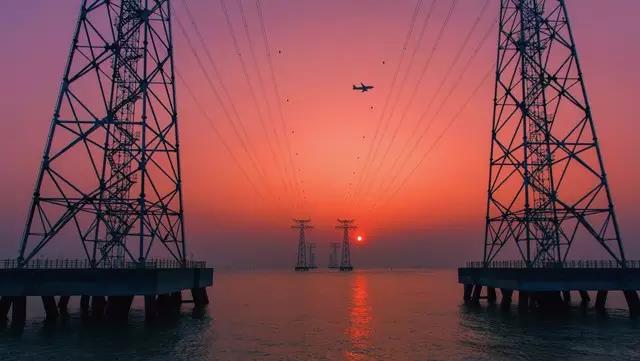
Over the hills
To deliver power
Sleepless
10,000 lights stay together
Persevere in countless days and nights
But was blown away by a typhoon

Although it is steel and iron, but High voltage wire not as strong as you think. A super typhoon can scar the power grid.
Then why can't you bury all high-voltage wires underground like urban underground cables, so that you can get rid of it once and for all, and you won't be afraid of how many levels of typhoons?
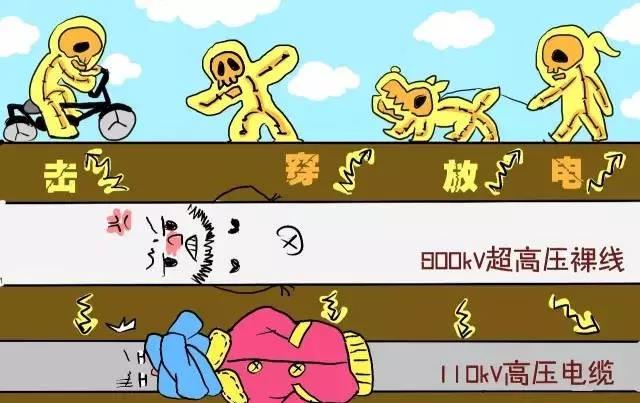
At present, there is no effective insulation material for UHV power transmission as the insulation layer of the wire. Therefore, UHV wires are exposed and cannot be buried in the ground.
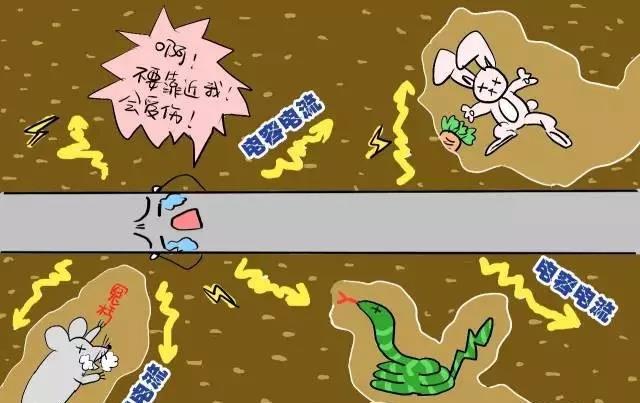
There are distributed capacitors around, and current can leak out through these capacitors, wire which increases consumption on the one hand; on the other hand, if any animal approaches, there is also a risk of electric shock.
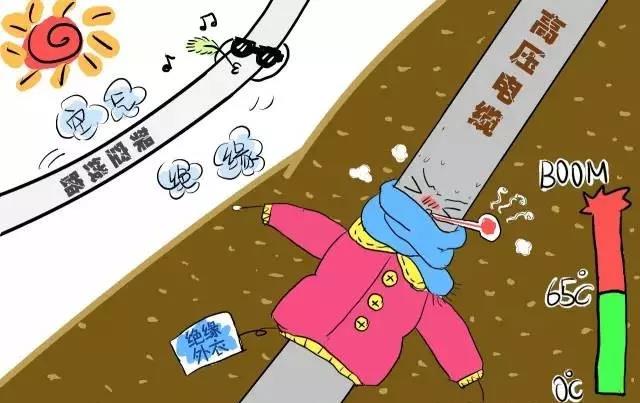
Air is an insulator, but the earth is a conductor. In the air, you just need to put the wires directly there, but in the underground, you need to add layers of insulating shells outside the wires, otherwise the electricity in the wires will not go far, and there will be little leakage left.
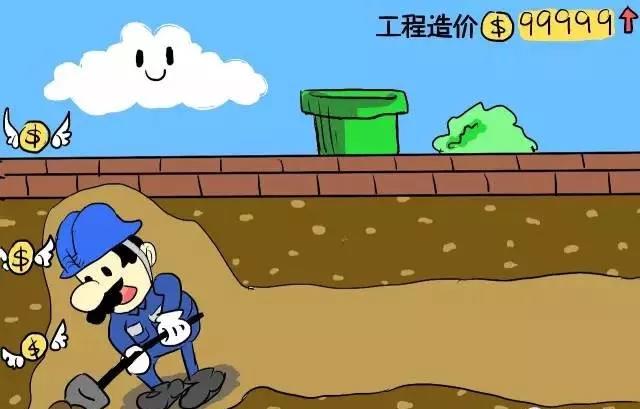
The structure of underground cables is more complicated than that of overhead lines, the technical requirements are higher, and the manufacturing and construction are difficult. In addition, the cables are buried underground, which makes it difficult to find faults and difficult to repair and maintain.
Generally speaking, the cost of an underground cable with the same voltage level will be several times or even dozens of times that of a high-voltage line in the sky.
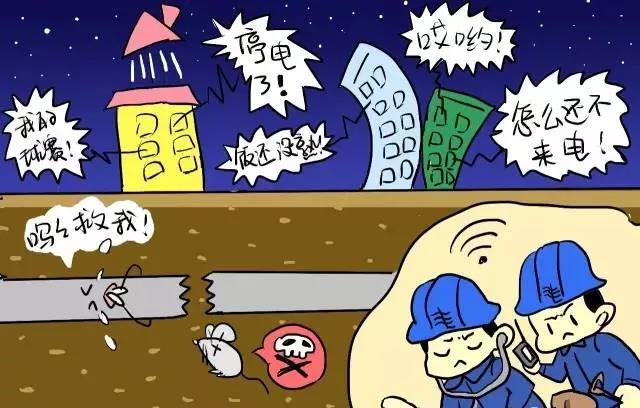
No one wants the power to go out, but the power supply will not escape the ground. Once there is a failure, you have to "dig three feet" to check and repair the cables.
First, they have to go through the procedures for digging the "underground passage"; then, they have to work overtime to dig through the tunnel; then they have to check the underground cables section by section to find the fault point; finally, they can prescribe the right medicine for the fault point. This is all the time of the big guys, and the power supply is also very wrong. They really want to resume the power soon.
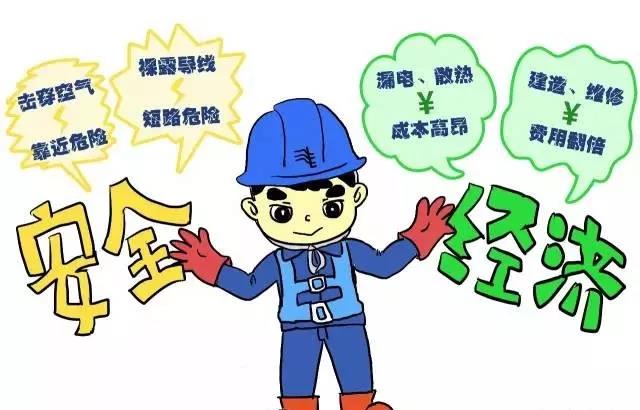
To sum up, burying high-voltage lines in the ground poses both safety and economic problems.
Note: This article is reprinted as a network resource. If you have any copyright infringement, please contact the administrator to delete it!


 Company Profiles
Company Profiles Company Culture
Company Culture Message
Message Honor
Honor Video Center
Video Center Company Reality
Company Reality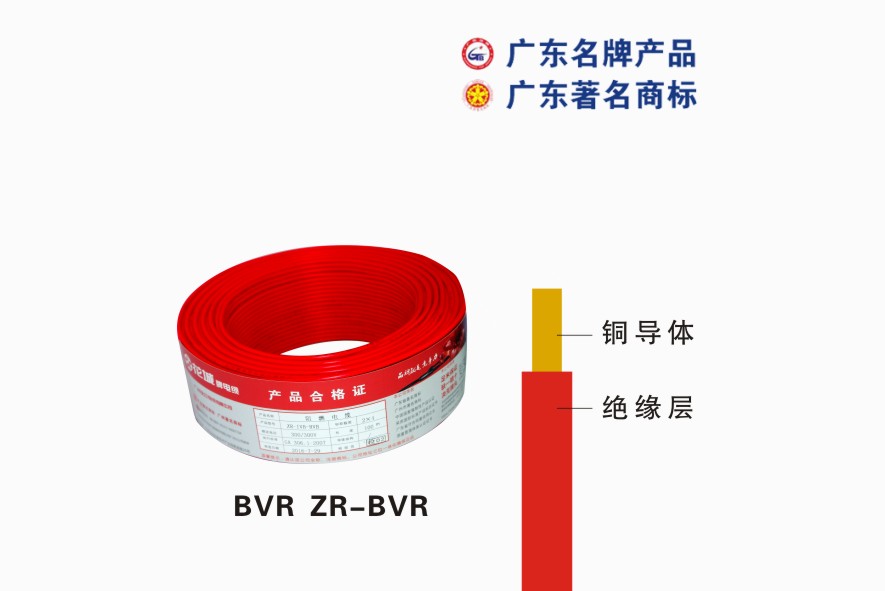 Pearl River Cable
Pearl River Cable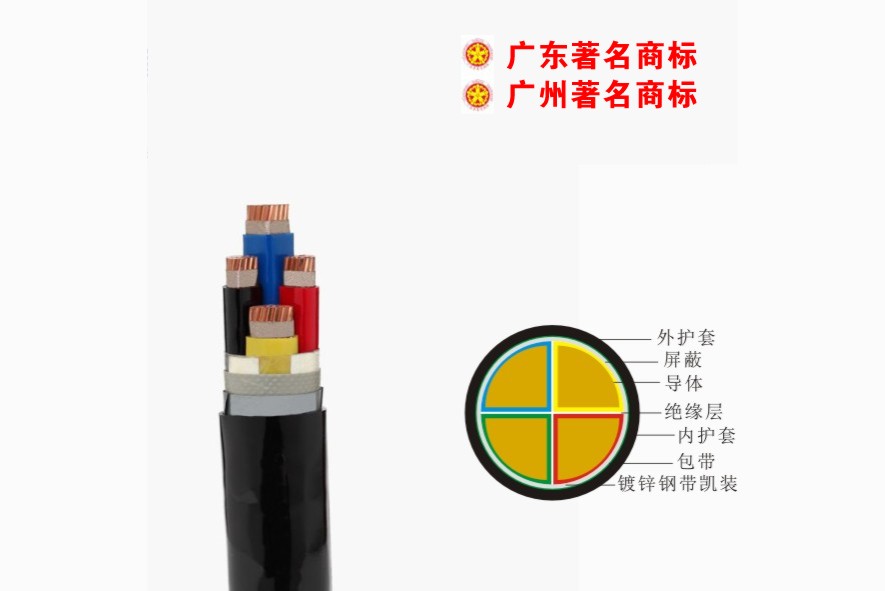 Low Voltage Cable
Low Voltage Cable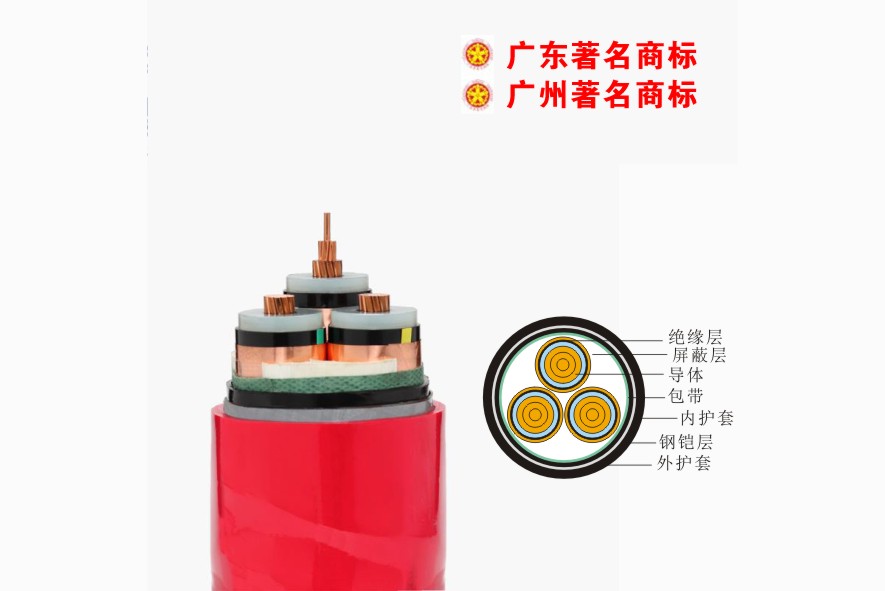 Medium Voltage
Medium Voltage Mineral Cable
Mineral Cable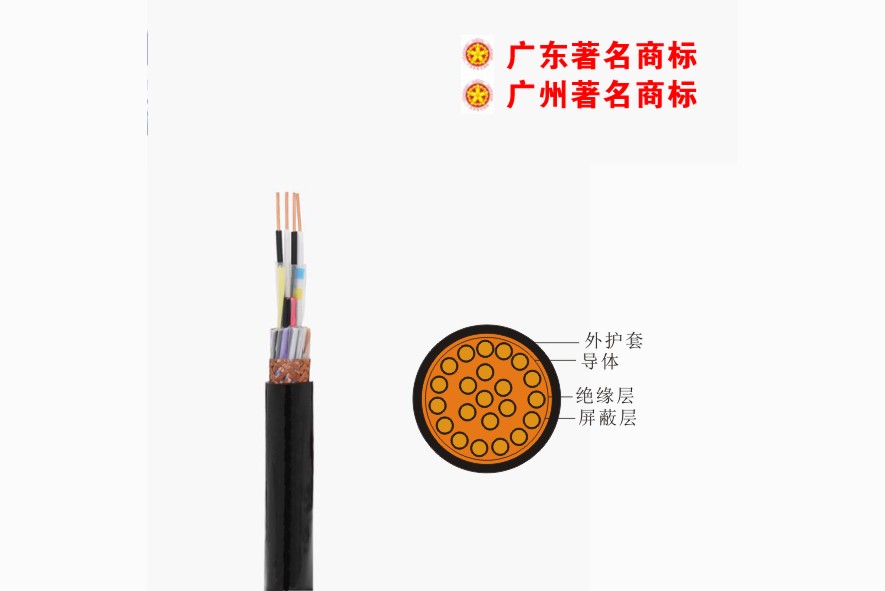 Control Signal Cable
Control Signal Cable Corporate News
Corporate News Cable Information
Cable Information Media Reports
Media Reports Network Reprint
Network Reprint


